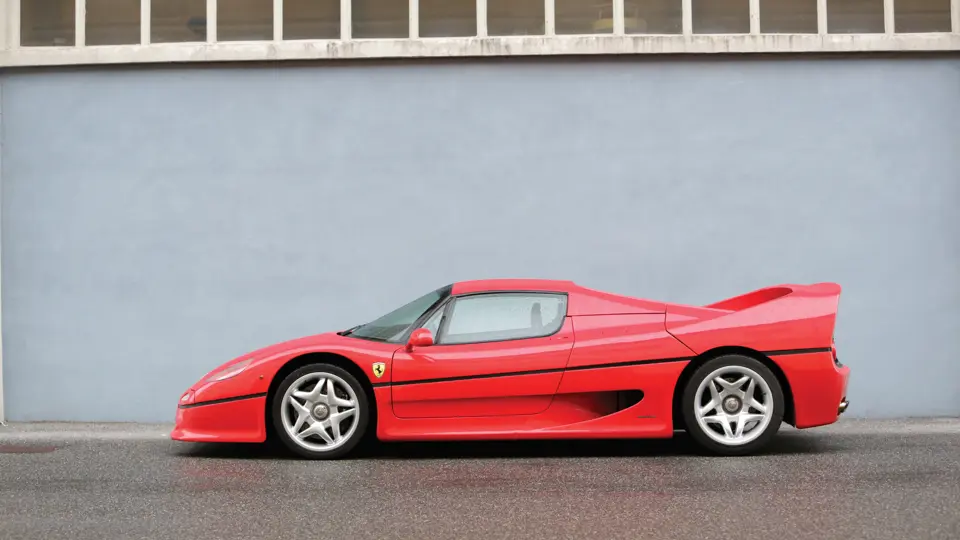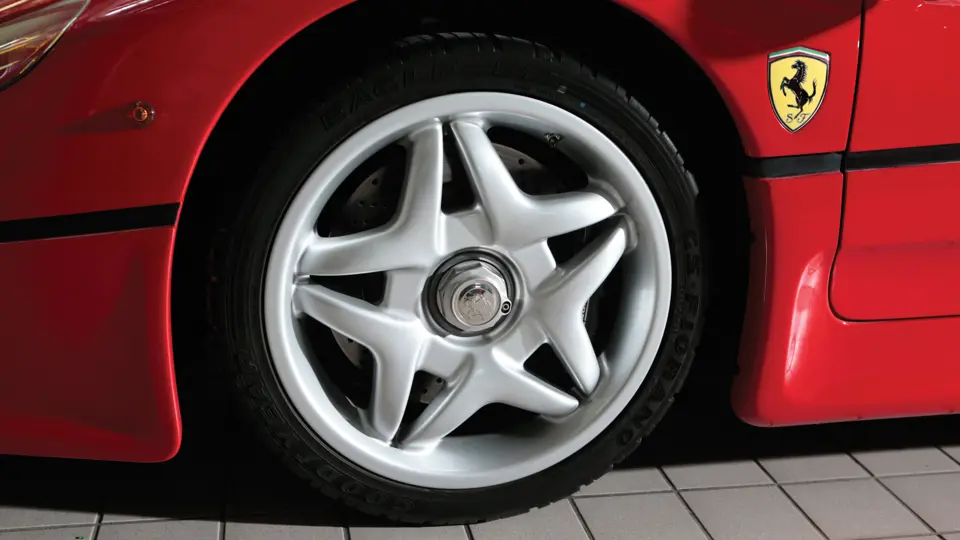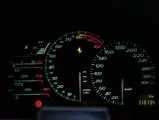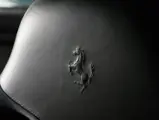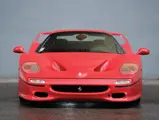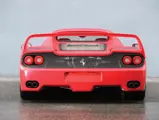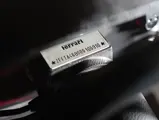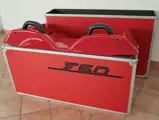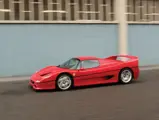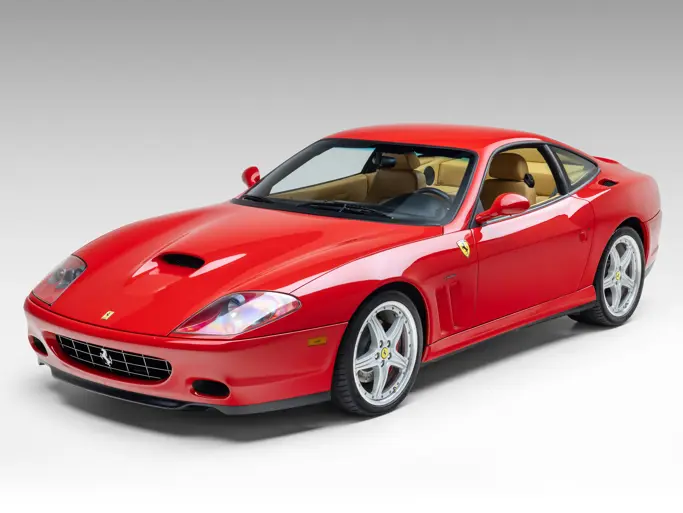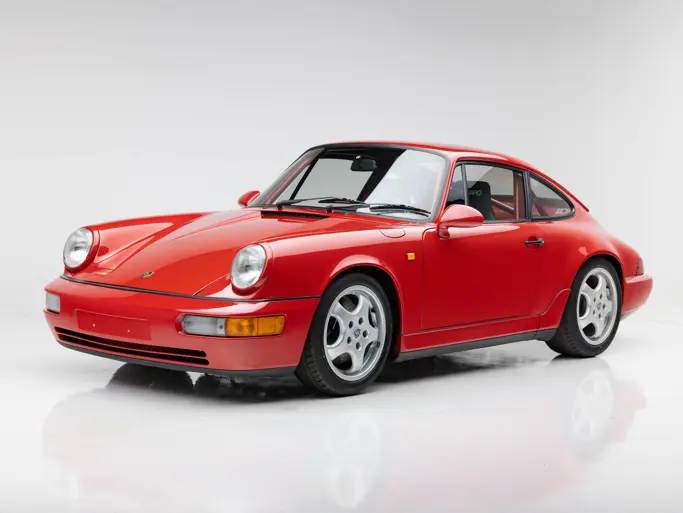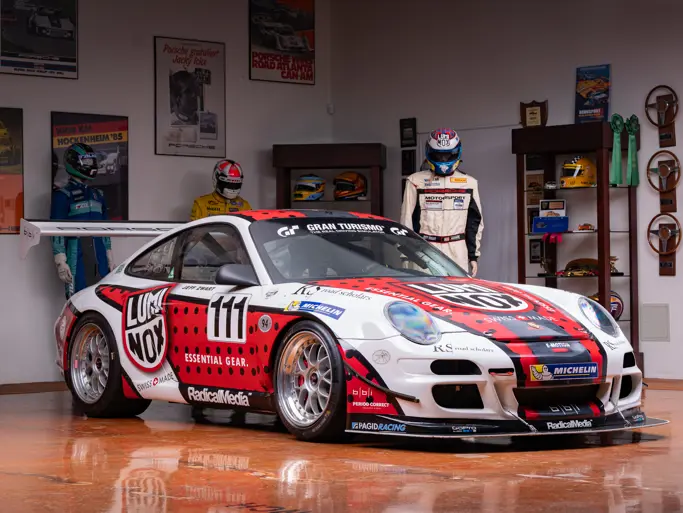520 bhp, 4,698 cc dual overhead cam V-12 engine with Bosch Motronic fuel injection, six-speed manual rear-mounted gearbox, four-wheel upper and lower wishbone coil spring independent suspension with pushrod-controlled shock absorbers, and four-wheel disc brakes. Wheelbase: 2,580 mm (101.6 in.)
If Ferrari received one complaint about the superlative 40th anniversary F40 supercar that debuted in 1987, it was that too many examples were produced. Originally positioned as a boutique collectible of limited production, the F40 proved to be so popular that it was eventually manufactured in a quantity of over 1,300 examples. When planning a 50th anniversary model a few years later, Ferrari made certain that just 349 cars were built, establishing a rarity far more becoming of a Maranello hypercar.
Four years of development went into the aptly named F50, and as much as the model is a companion to its predecessor, it is also a study in beautiful contrasts. The F40’s turbocharged V-8 was eschewed in favour of a naturally aspirated V-12, a 4.7-liter version of the 1990 F1 engine that also drew from the 333 SP championship sports car’s motor. Thus far, it is also the only V-12 engine with five valves per cylinder that Ferrari has ever mounted in a road going car. Generous use of carbon fibre, particularly in the body tub and shell, ensured optimal power-to-weight ratio for the race-bred model. Performance was astounding, as expected, with 520 horsepower and 347 foot-pounds of torque thrusting the car to 60 mph from standstill in just 3.6 seconds, and with a top speed of 202 mph.
A further contrast to the F40 was evident in Pininfarina’s gorgeous F50 coachwork, a far cry from the wedge styling of the earlier car. Beautiful curves characterised every surface of the new model, from the chin spoiler and wings to the aerodynamically-engineered tail wing. The design’s heritage appeal was boosted by a removable hardtop that gave the model a distinctly different visual character whether in berlinetta or barchetta form, each equally ravishing. Rare, powerful, and extraordinarily beautiful, even by the standards of modern supercars, the F50 occupies a unique link in the chain of Ferrari’s top-shelf automobiles.
Chassis 106910 is an exceptional example of one of Ferrari’s most breath-taking modern hypercars, claiming ownership by just two dedicated caretakers, as well as minimal use and optimal documentation. Believed to be the 283rd example of 349 built, this well-maintained F50 was sold new to Luigi Francesco Annovazzi, of Milan, Italy. The car was only sporadically used over the following six years, displaying 9,300 kilometres when sold to the consignor in September 2003.
Chassis 106910 currently displays approximately 12,000 kilometres, and it has been recently serviced in preparation for its offering here. The car is accompanied by desirable Ferrari Classiche certification that further bolsters its status as a factory-authenticated, matching-numbers example. Additionally, it also includes the original books and tools, as well as both soft and hard tops with their respective bag and protective case. This F50 would make an outstanding addition to any collection of Maranello’s elite limited-production supercars, worthy of the company of models like the GTO, the Superamerica, the 288 GTO, the F40, and the Enzo.




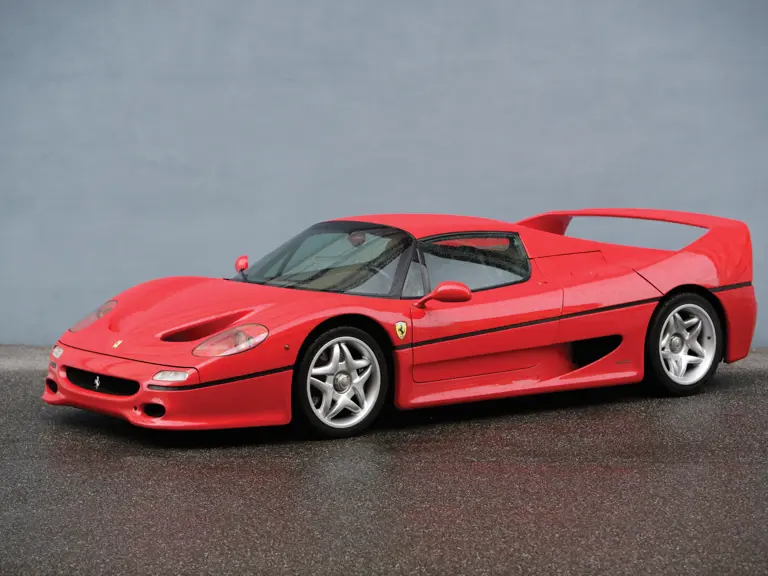
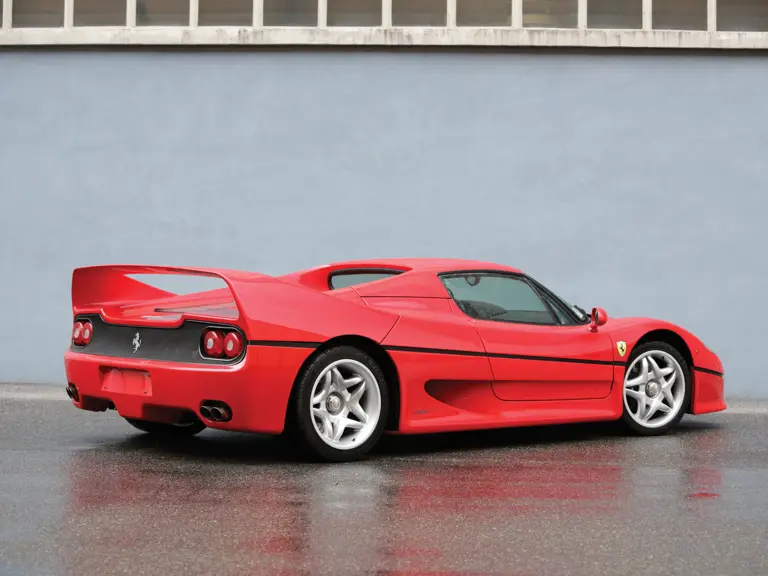
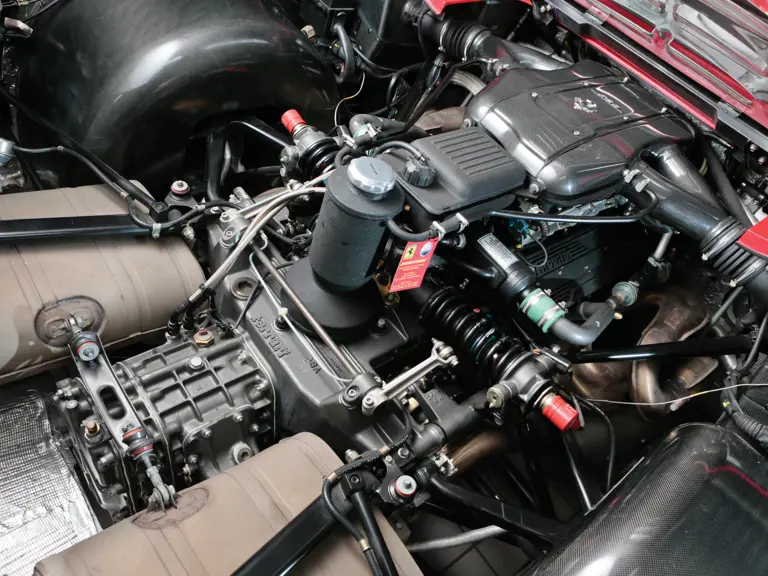
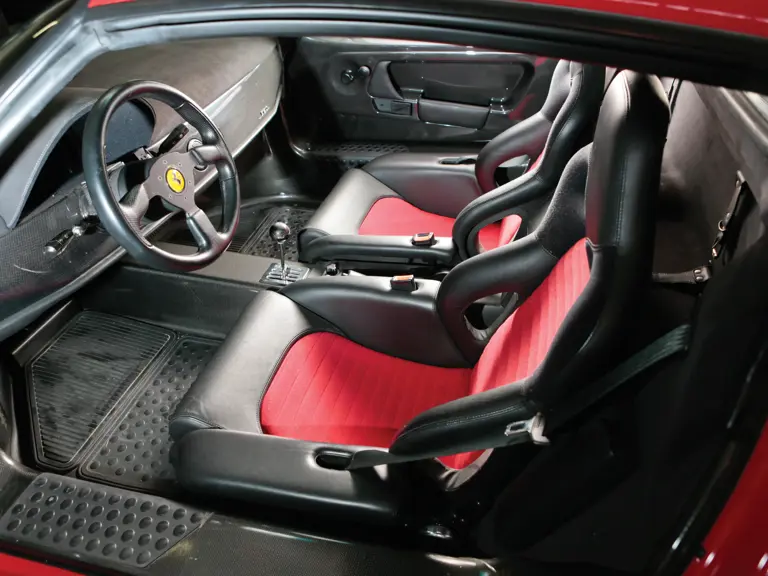
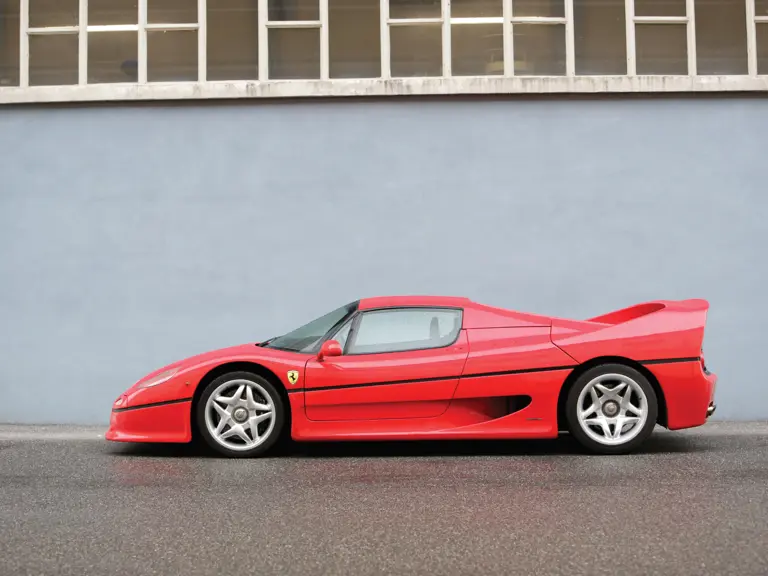
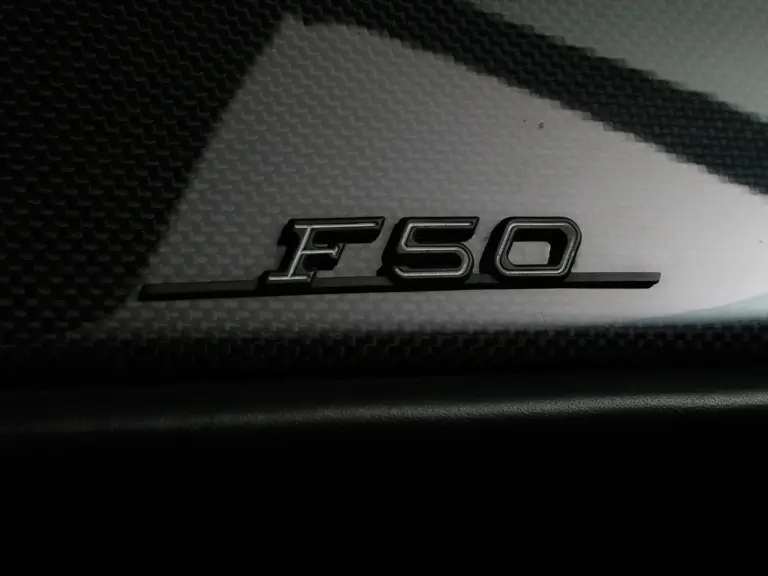


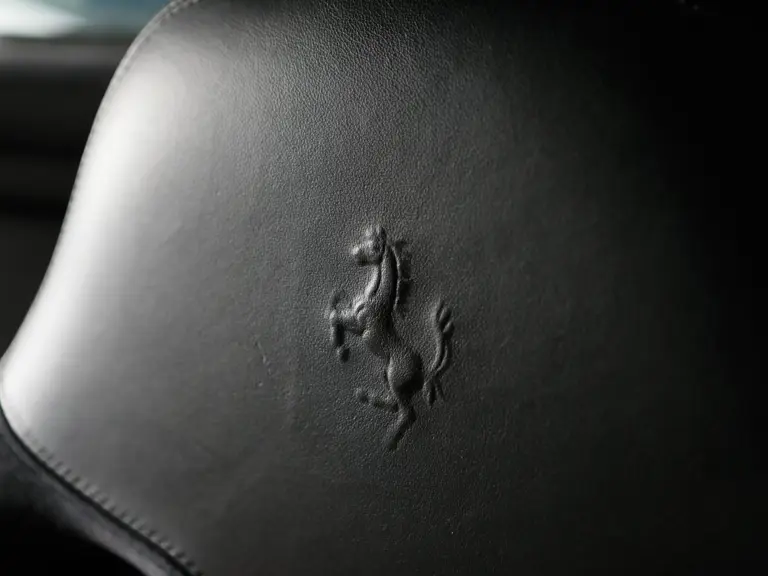
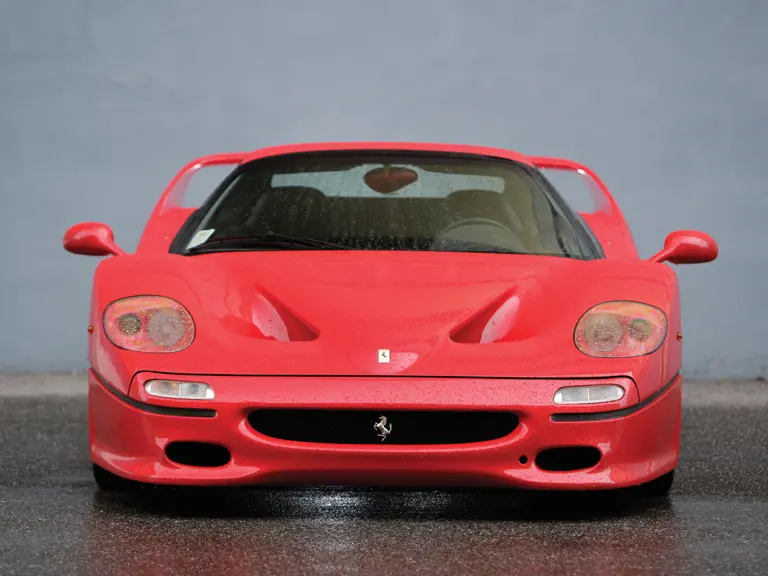
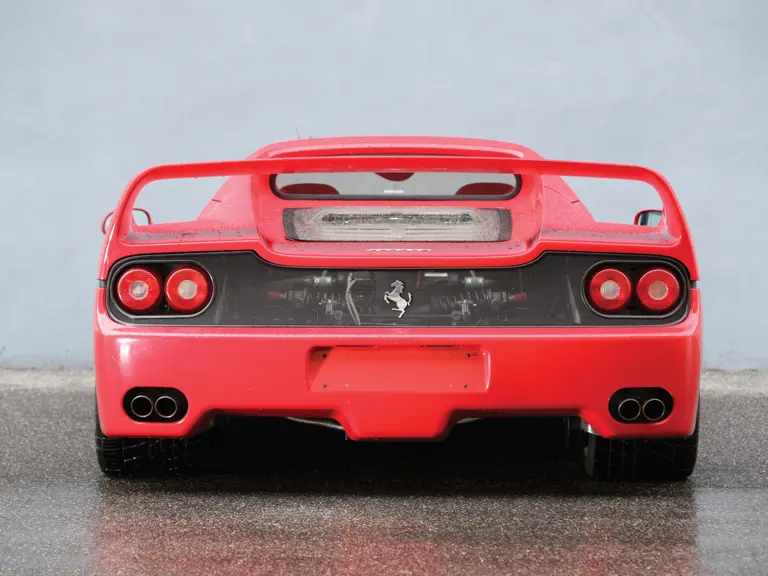
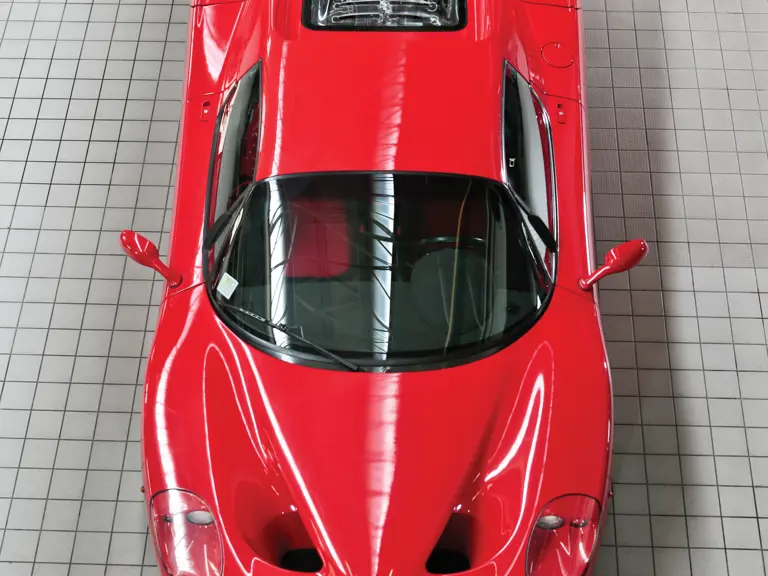
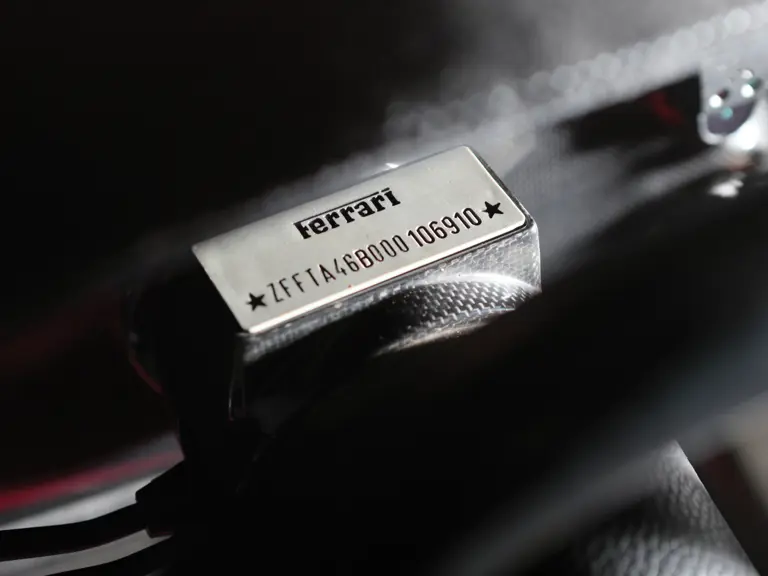
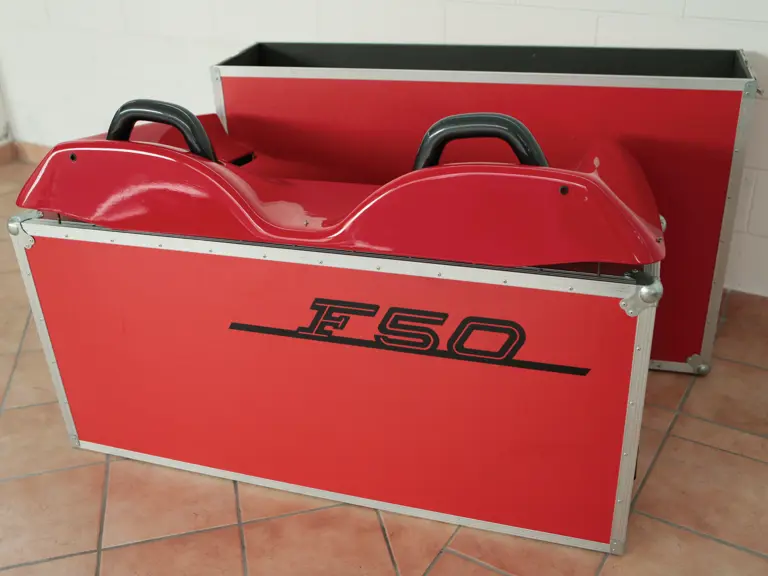
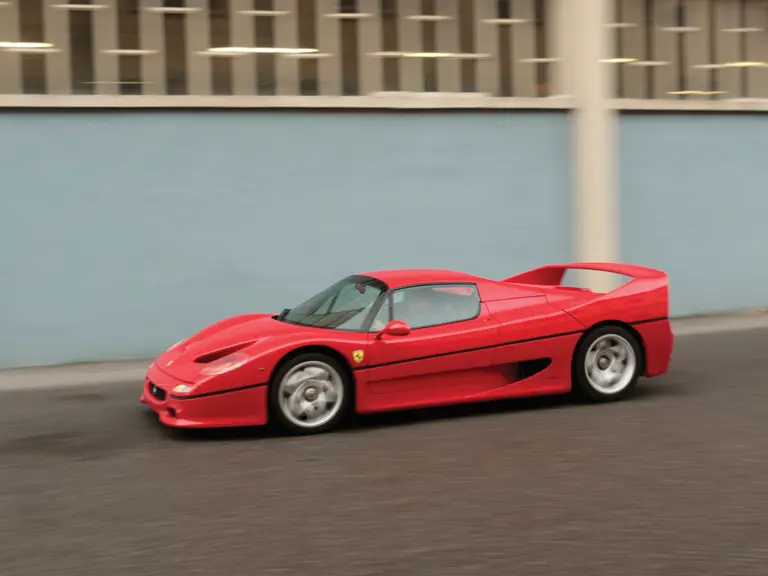
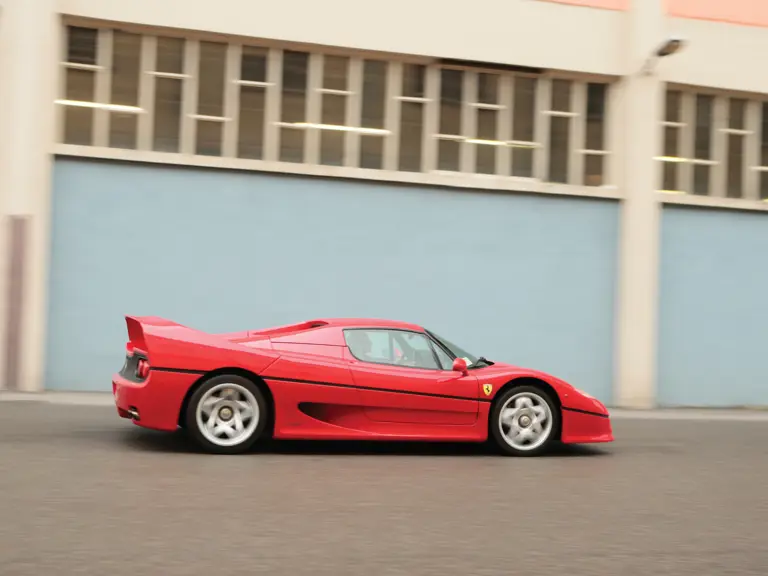
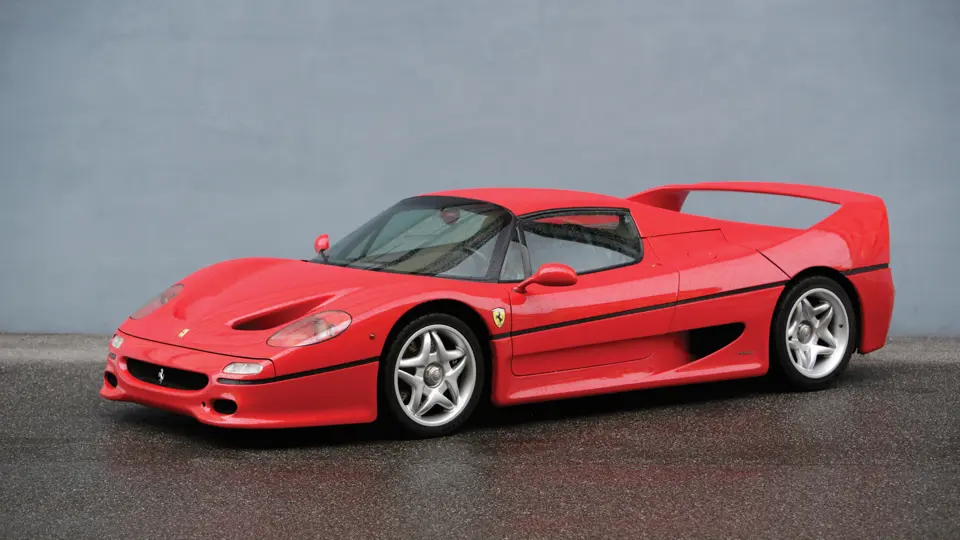
 | Cernobbio, Italy
| Cernobbio, Italy
